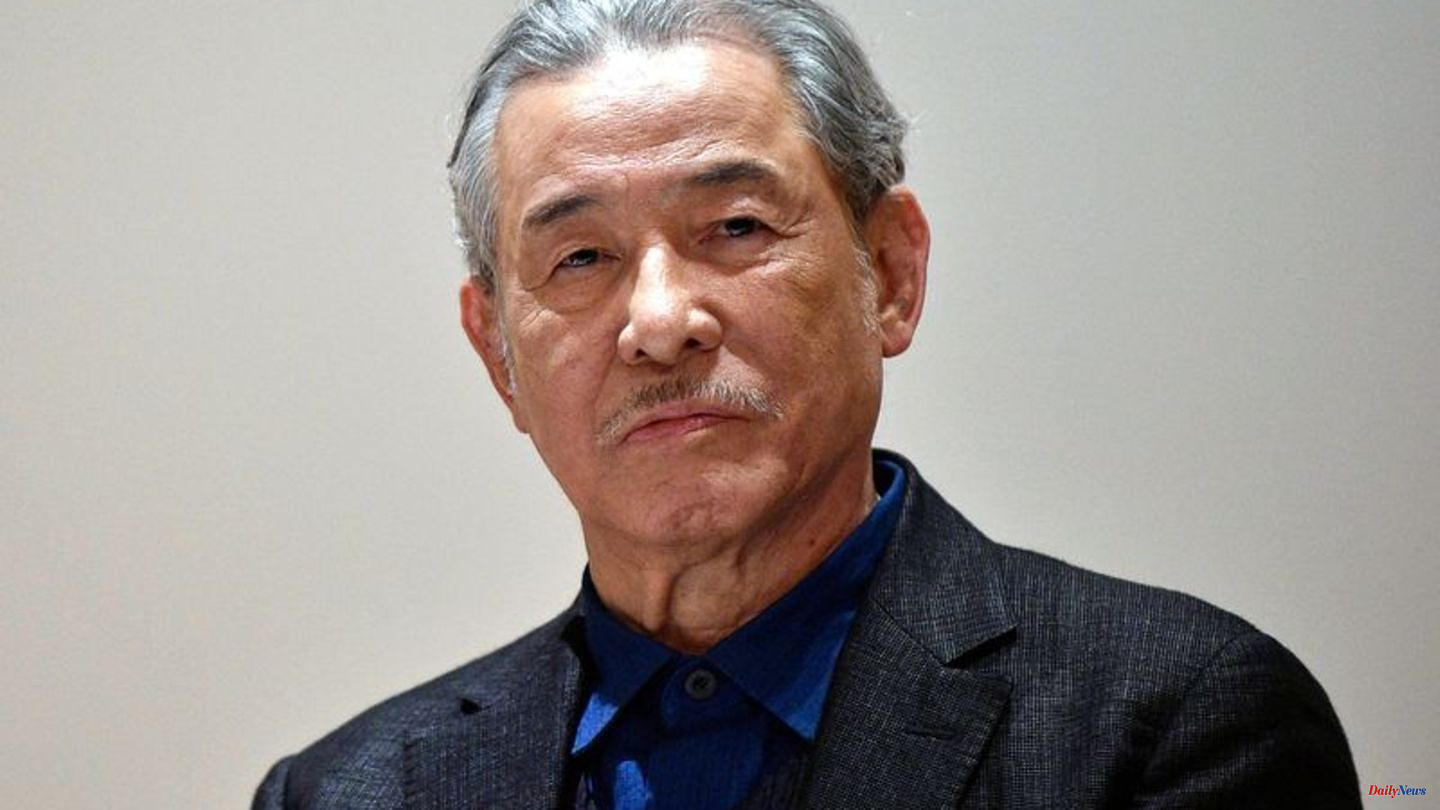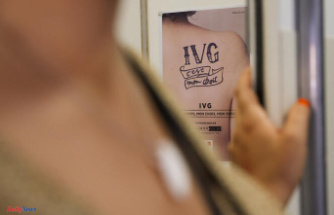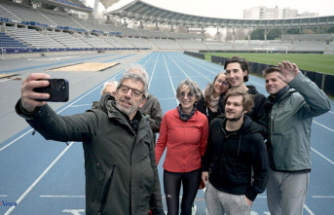The fashion world mourns: The revolutionary Japanese fashion designer Issey Miyake, famous for his innovative styles and perfumes, has died at the age of 84.
The Hiroshima-born designer succumbed to liver cancer the day before the 77th anniversary of the US atomic bombing of his hometown - on August 5, his office announced on Tuesday. Since the 1970s, Miyake has pursued the concept of making clothing from a single piece of fabric. The Japanese, who also designed the black turtleneck sweaters for Apple founder Steve Jobs, built up a global brand in his long career. This includes fashion collections for women and men, bags, watches and perfumes.
His mother died as a result of the nuclear attack
Miyake was born on April 22, 1938 in Hiroshima. He was just seven years old when the city was turned into an inferno by a US atomic bomb. As an adult, he didn't like to talk about it. Miyake wrote in the New York Times in 2009 that he did not want to be called "the designer who survived the atomic bomb". "When I close my eyes, I still see things that no one should ever see," Miyake said, adding his mother died three years later from complications from the radiation. He would rather think of things, Miyake wrote, "that can be created, cannot be destroyed, and that bring beauty and joy."
It is said that he initially wanted to be a dancer or an athlete. But when he read his sister's fashion magazines, his career aspirations changed. Miyake studied graphic design at an art school in Tokyo. Even then, the Japanese concentrated on design and not fashion. In 1963 he presented his first designs. After graduating, Miyake first moved to Paris, where he worked as a designer for the renowned fashion designers Guy Laroche and Hubert de Givenchy. After a brief stint in New York working for fashion designer Geoffrey Beene, he returned to Tokyo in 1970 and founded the Miyake Design Studio. In 1971 the first collection of his fashion label appeared, which he presented in New York.
Outfits from one piece of fabric
During his long career he has worked with traditional and modern fashion techniques. In the 1980s he was hailed as one of the most revolutionary designers in the world. Miyake, who was a big fan of Madeleine Vionnets (1876-1975) - once the undisputed master of the art of cutting - also worked with plastic, metal and even paper. Miyake developed a new way of folding fabric by wrapping it between layers of paper in a heat press. The result was that the garments held their shape. This method led to the development of his eye-catching, signature line, Pleats Please. For his equally famous A-POC (A Piece of Clothing) line, he used a weaving machine that produced outfits from one piece of fabric.
At the same time, Miyake's work promoted Japan's traditional culture. When a massive earthquake and massive tsunami struck the northeast of his homeland in 2011, leading to a meltdown at the Fukushima Daiichi nuclear power plant, Miyake held an exhibition to draw attention to the region's culture, including its clothing to steer. In 2005 he was awarded the Japanese "Praemium Imperiale" for his life's work, which is also considered the Nobel Prize for the Arts.
A year later, Miyake received the Kyoto Prize for his "visionary clothing concepts". The Kyoto Prize, established in 1984 by Kazuo Inamori, the founder of the Japanese technology group Kyocera, is one of the most important awards in the field of science and culture, alongside the Nobel Prize.












